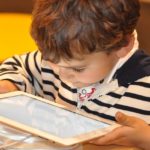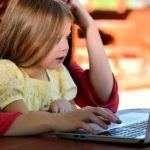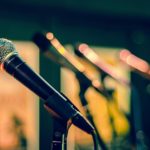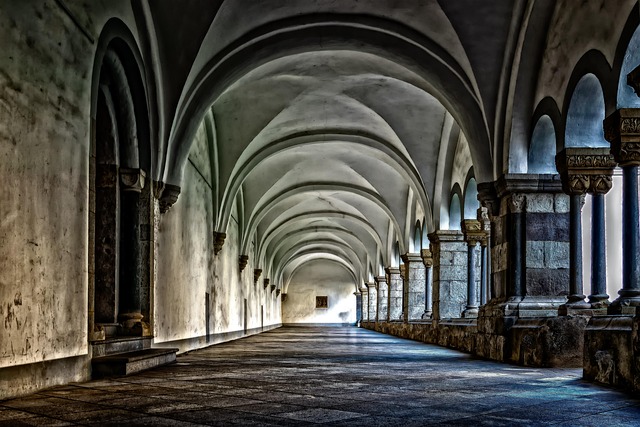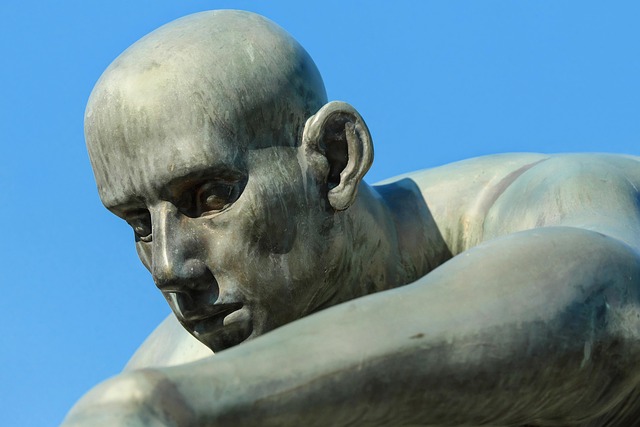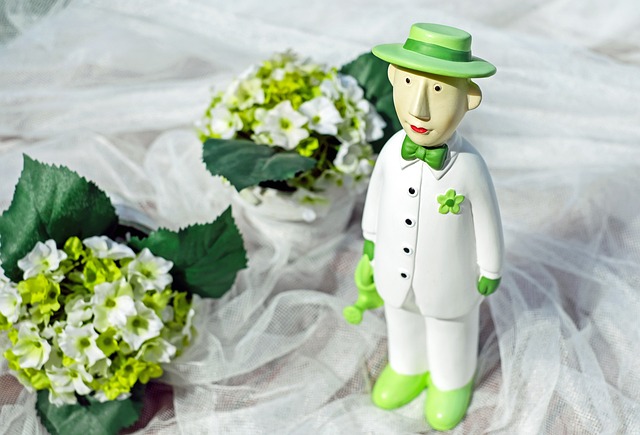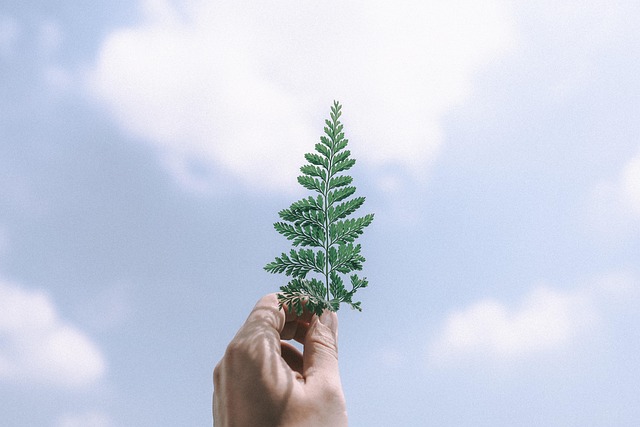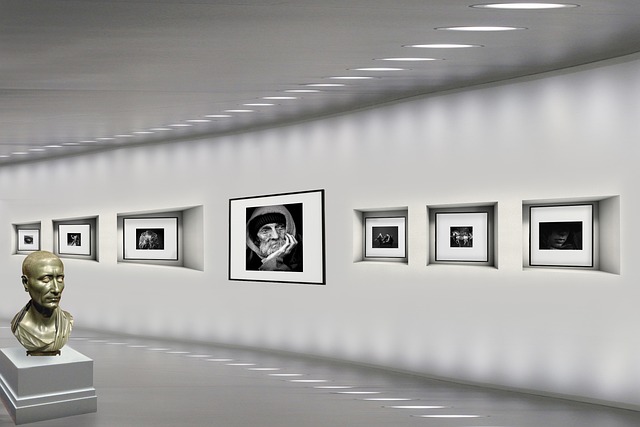# The Intersection of Art and Algorithms: Exploring the World of AI-Generated Creativity
In recent years, the fusion of technology and creativity has given rise to a new frontier in the arts: AI-generated creativity. This innovative intersection of art and algorithms is reshaping how we conceive, create, and consume artistic works. As artificial intelligence continues to evolve, it is increasingly capable of producing art that challenges traditional notions of authorship, creativity, and aesthetic value. This article delves into the nuances of AI-generated art, examining its implications, techniques, and the philosophical questions it raises.
## Understanding AI in the Creative Process
Artificial intelligence, at its core, refers to the simulation of human intelligence processes by machines, particularly computer systems. This encompasses various applications, including machine learning, natural language processing, and neural networks. Within the realm of art, AI systems are trained on vast datasets of existing works, enabling them to learn patterns, styles, and techniques that inform their creative outputs.
One prominent example of AI in art is the use of Generative Adversarial Networks (GANs). GANs consist of two neural networks: a generator that creates images and a discriminator that evaluates them. Through this iterative process, the generator improves its outputs based on feedback from the discriminator, ultimately producing works that can be strikingly original yet reminiscent of existing styles. This method exemplifies how algorithms can mimic human creativity, raising questions about the nature of artistic expression.
Moreover, AI’s ability to analyze and synthesize information at an unprecedented scale allows it to explore artistic possibilities that may not be immediately apparent to human creators. By processing vast amounts of data, AI can identify trends, styles, and even emotional resonances that can inform its creations. This capability not only broadens the scope of artistic exploration but also democratizes creativity, allowing individuals without formal training to engage with artistic practices through AI tools.
## The Aesthetic Value of AI-Generated Art
Critics often question the aesthetic value of art produced by algorithms. Traditional definitions of art have long emphasized the human experience, emotional depth, and the intention behind a work. However, AI-generated art challenges these conventions by blurring the lines between creator and creation. As AI systems produce works that can evoke strong emotional responses, the debate over their legitimacy as “true” art intensifies.
Supporters argue that AI-generated art possesses its own aesthetic value, independent of human authorship. For instance, artworks created by AI can introduce novel forms, colors, and compositions that push the boundaries of what is considered visually appealing. The unexpected outcomes produced by AI can lead to fresh perspectives and inspire human artists to explore new creative avenues. In this sense, AI acts as a collaborator, enhancing human creativity rather than replacing it.
Conversely, detractors maintain that the absence of human intention and emotional depth in AI-generated works undermines their artistic merit. The argument posits that art is inherently tied to the human experience, encompassing emotions, cultural contexts, and personal narratives that machines cannot replicate. This viewpoint raises profound questions about the essence of creativity and whether it can exist devoid of human influence.
## The Future of AI and the Creative Landscape
As AI technology continues to advance, its role in the creative landscape is poised to expand. Artists are increasingly adopting AI tools to augment their creative processes, resulting in a hybrid form of art that merges human intuition with algorithmic precision. This collaboration has the potential to redefine artistic practices, encouraging a more inclusive approach to creativity that embraces diverse voices and perspectives.
Furthermore, the rise of AI-generated art has significant implications for the art market and the way we value artistic works. With algorithms capable of producing high-quality pieces at scale, questions arise regarding the scarcity and uniqueness that have traditionally defined art’s economic value. Collectors and investors may need to reassess their criteria for valuing art, as AI-generated works challenge established norms.
In addition, the ethical considerations surrounding AI in art cannot be overlooked. Issues such as copyright, authorship, and the potential for bias in training data are critical points of discussion. As AI-generated art becomes more prevalent, stakeholders in the art world must navigate these complexities to establish frameworks that respect both human creators and the innovations brought forth by technology.
## Conclusion: A New Era of Creativity
The intersection of art and algorithms represents a transformative moment in the creative landscape. As AI continues to evolve, it offers unprecedented opportunities for exploration and expression, challenging our understanding of what art can be. While the debate over the aesthetic value of AI-generated works persists, it is clear that these creations have sparked a broader conversation about creativity, authorship, and the future of artistic practices.
Ultimately, the relationship between human artists and AI is not one of competition but rather collaboration. By embracing the potential of AI as a tool for creative expression, artists can expand their horizons and unlock new possibilities for innovation. As we navigate this new era of creativity, it is essential to remain open to the myriad ways in which technology can enhance our artistic endeavors, pushing the boundaries of imagination and redefining what it means to be an artist in the 21st century.

